Description
Breakdown of Thin, Versatile Chemical-Resistant Gloves
These gloves combine features for comfort, dexterity, and chemical protection for various applications. Here’s a breakdown:
- Material and Protection:
- Nitrile Compound Composition: Nitrile offers good resistance to a range of chemicals, oils, and greases. However,
- EN 374 Type A Chemical Resistance: This indicates the gloves meet a European standard for protection against specific chemicals (mainly alcohols, weak acids/bases, and some detergents). It’s crucial to consult the EN 374 chart and the manufacturer’s specifications to ensure these gloves are suitable for the chemicals you’ll be handling.
- Comfort and Dexterity:
- Thin Design (15 mil/0.38 mm): This allows for a close fit and good finger movement, important for precise tasks.
- Cotton Flocking: The cotton lining absorbs moisture, potentially improving comfort during extended wear. However, this lining might not be ideal for tasks requiring frequent cleaning or involving water-based chemicals.
- Possible Applications:
These gloves could be suitable for various tasks requiring:
-
- Light Chemical Handling:
- Tasks involving chemicals listed under EN 374 Type A (e.g., alcohols, some detergents).
- Remember to check the EN 374 chart and manufacturer’s specifications for specific chemicals.
- Good Dexterity: Assembly, mixing chemicals (of compatible types), precision cleaning tasks.
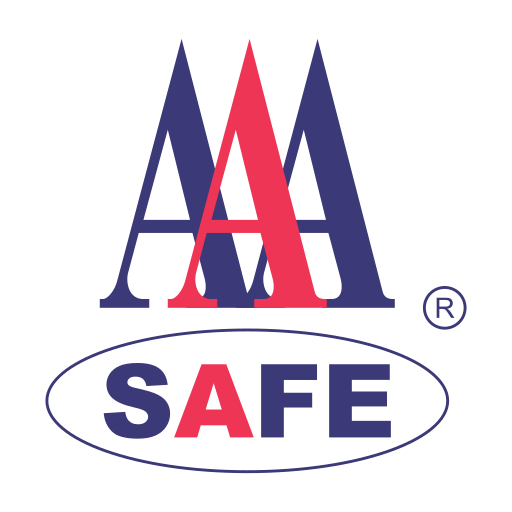


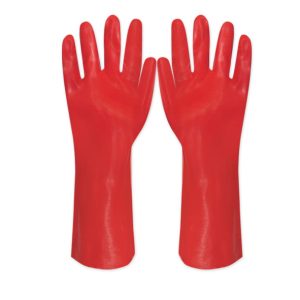
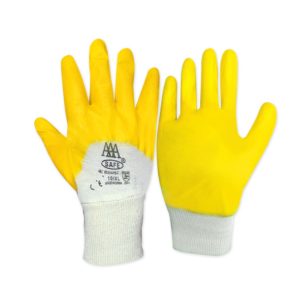
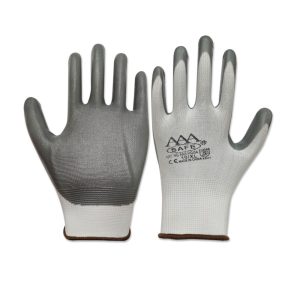



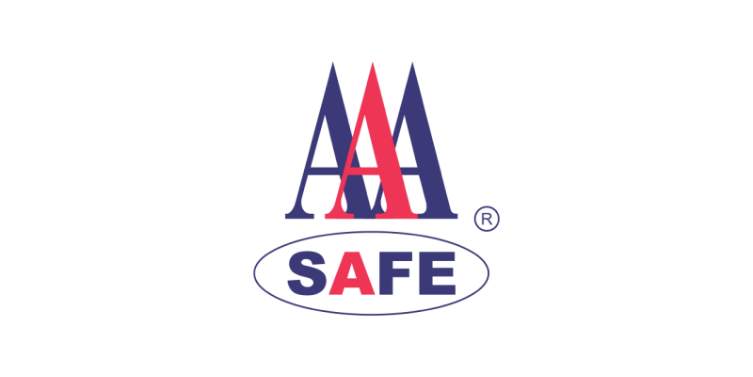





Leave a Reply